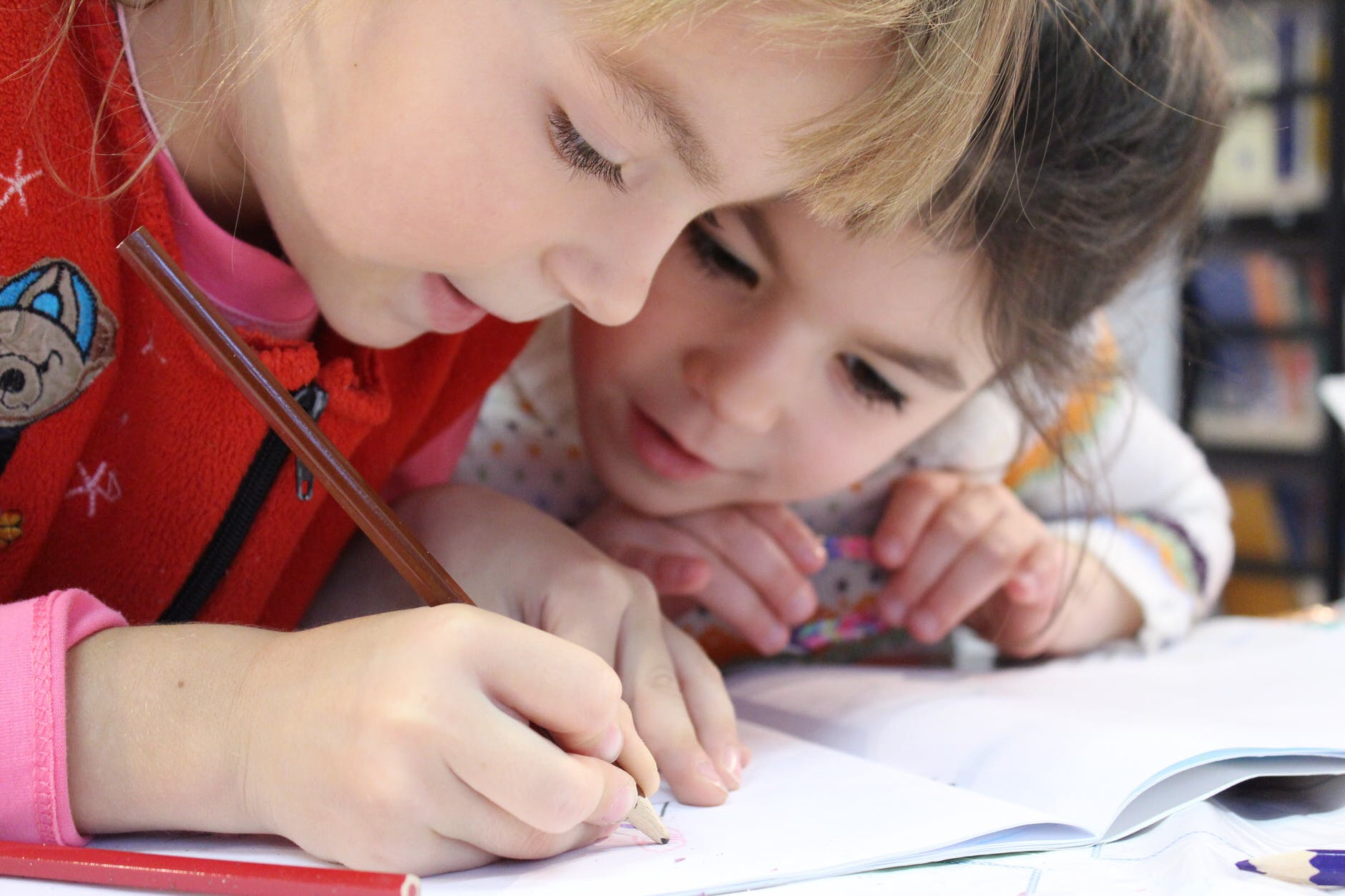By Sasha Mandair

The idea of a growth mindset has captured the imagination of many teachers. This can be seen in the number of posters displayed in classrooms, that promote a growth mindset. When I was teaching, many colleagues in my school decided to have these posters around their rooms. Despite this, the idea of a growth mindset is not always well understood in schools and what is often missed is that the teacher’s mindset is as important as that of the pupils.
Growth mindset theory originates in the work of Carol Dweck. She proposes that people either have a fixed mindset, a belief that they cannot change or improve their performance, or growth mindset, a belief that they can improve performance and that they can choose a variety of strategies to help them succeed. Crucially, Dweck argues that interventions can be used to develop a growth mindset.
One aspect of growth mindset that is often overlooked in schools is the role of the teacher. Research suggests that when a teacher’s mindset is fixed this is not effective for pupil progress and attainment. Thus, interventions to promote a growth mindset in pupils will not succeed where the teacher uses the language of growth mindsets but where their practice does not reflect the theory.
I saw an example of this difficulty during an observation of a Year 6 maths lesson where a pupil was struggling with ratios. The teacher’s initial response was to ask the class whether the pupil couldn’t do the maths or couldn’t do it “yet.” All of the children confidently answered “yet”, which seems to promote the idea of having a growth mindset. What struck me was the lack of follow-up response by the teacher. There was no strategy to help support the pupil to find another way of tackling the question. The small aspect of growth mindset being used in the classroom was only in the language, simply promoting the idea that he couldn’t understand the question “yet”.
Dweck calls this a “false growth mindset” and suggests that the most common misconception is simply equating growth mindset with effort. Growth mindset is less about teaching pupils phrases and thoughts, and more about fostering mindsets within practices. Teachers should use principles of growth mindset theory during explanation and feedback to help pupils adopt strategies that foster a growth mindset. This may be one reason why some research has suggested that growth mindset interventions have a very small effect in education.
Growth mindset has been widely adopted within education, with up to 98% of teachers believe adopting a growth mindset will improve students learning. If schools are to adopt growth mindset theory, the interventions need to target supporting the mindsets of both teachers and pupils. This should include moving beyond using the language in the classroom, to how to use aspects of the approach to support pupils to develop their learning.
Further information about Dweck’s work can be found on her website.
Sasha is a trainee educational psychologist in Year 1 of the initial training course at the University of Birmingham.
If you enjoy our blog please follow us and you will receive an email every time we have a new post.

Great post 😁